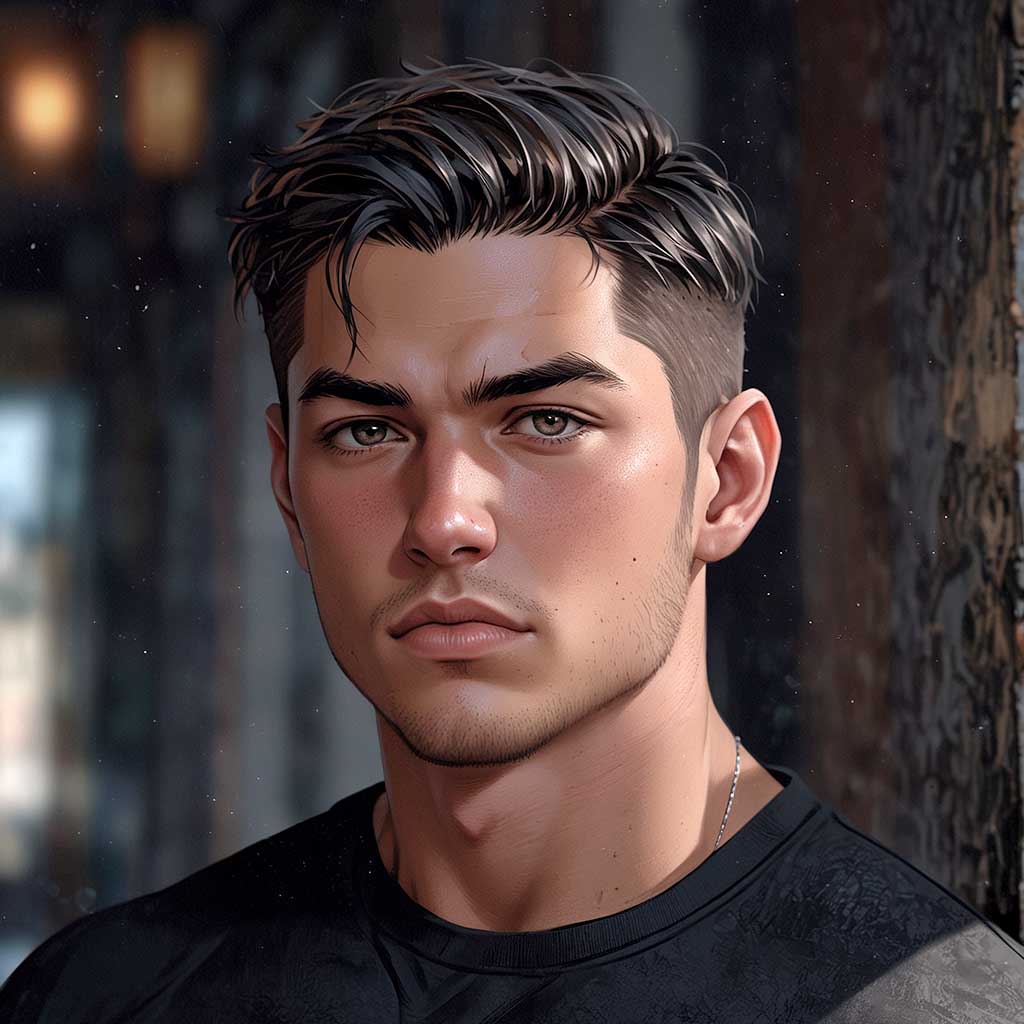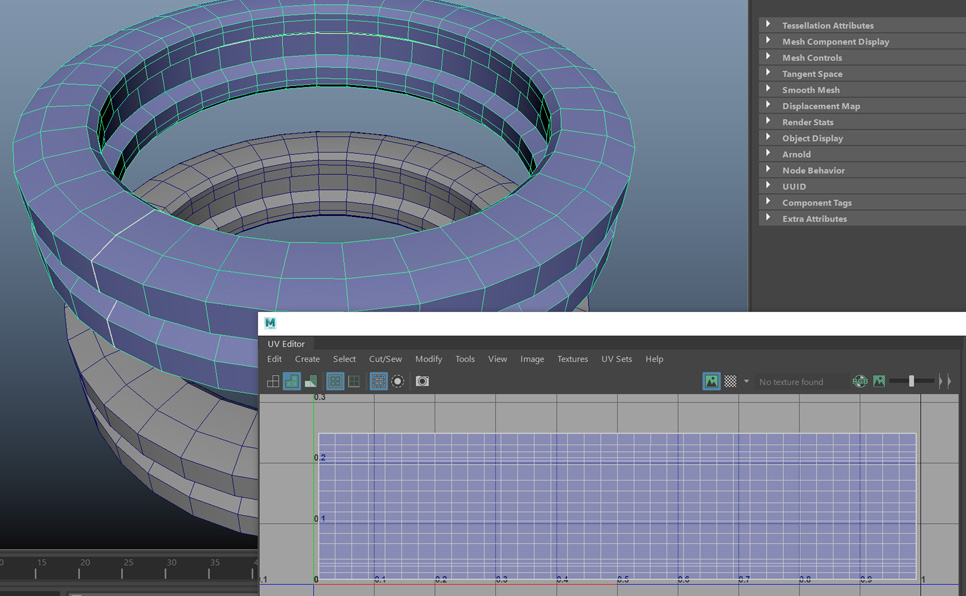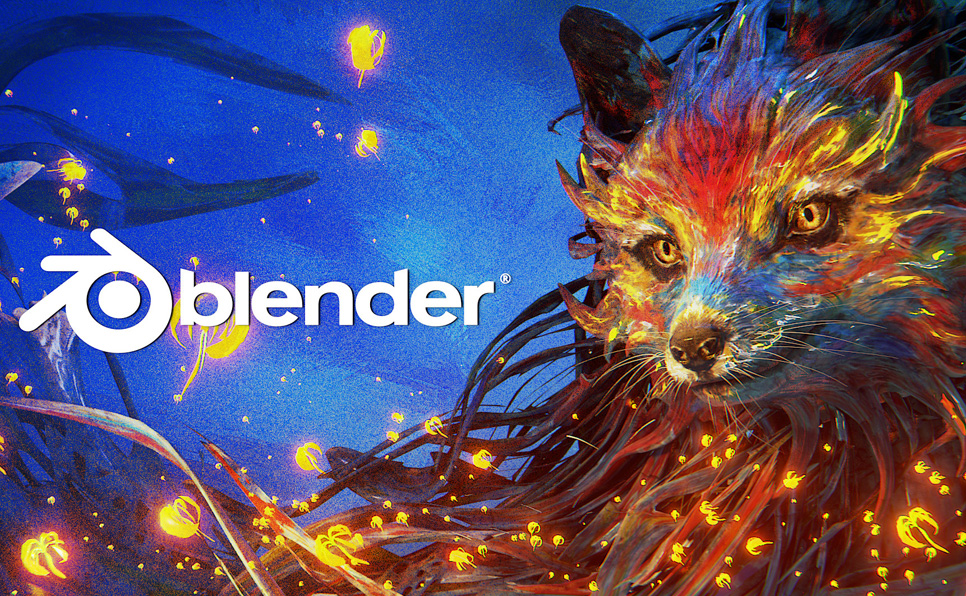What is Artificial Intelligence (AI) art?
Artificial Intelligence Art, also known as ai art created AI Art, refers to artworks that are created with the assistance of artificial intelligence algorithms and techniques.
These algorithms are trained on large datasets and are capable of generating original, creative, and often unpredictable pieces of art. AI Art represents the intersection of technology, computer science, and artistic expression.
AI Art has sparked significant interest among artists, technologists, and the general public, as it challenges traditional notions of creativity and authorship.
Some view AI as a collaborator, augmenting human creativity, while others debate the role of AI in the creative process.
Ethical considerations surrounding copyright, ownership, and potential biases in the training data also arise in discussions about AI Art.
Overall, AI Art represents a fascinating and evolving field that pushes the boundaries of what is possible in artistic expression and raises thought-provoking questions about the relationship between human art and machine creativity.
What are AI art generators?
AI art generators are computer programs or systems that use artificial intelligence algorithms to create original art, often without direct human intervention.

These generators are designed to learn patterns and styles from existing art datasets and then produce new artworks that mimic or combine those styles. Generators come in various forms, each tailored to specific types of artistic output.
AI art generators have gained popularity in recent years due to advancements in deep and machine learning algorithms and access to large datasets.
They have been used by artists, designers, and hobbyists to explore new artistic possibilities, experiment with different styles, and augment their creative process.
Software and tools to create AI art
Creating AI art typically requires specialized software and tools that leverage artificial intelligence algorithms and techniques to create art. Here are some popular software and tools used to create AI art:
RunwayML
RunwayML is a user-friendly platform that allows artists, designers, and developers to easily experiment with various AI models for creative purposes. It supports image, text, and audio generation, as well as style transfer and other AI-driven features.
DeepArt.io
DeepArt.io is an online platform that uses deep neural networks for style transfer. Users can upload their images and apply the same neural style transfer of famous artists or other images in the database to create AI-generated artwork.
DALL-E
Developed by OpenAI, DALL-E is an AI model capable of generating images from textual descriptions. It is particularly renowned for its ability to create novel and imaginative art based on written prompts.
NVIDIA GauGAN
GauGAN, powered by NVIDIA’s GAN technology, enables users to create and edit realistic landscapes through simple brush strokes. Users can easily design natural scenes like forests, mountains, and rivers.
Magenta
Magenta is an open-source research project by Google that focuses on exploring the intersection of AI and creativity. It includes tools for music generation, image synthesis, and other artistic applications.
Artbreeder
Artbreeder is an online digital painting platform that utilizes GANs to combine and evolve images in real-time. Users can blend and morph multiple images to create unique and artistic compositions.
These are just a few examples of the many AI art creation tools available. The field of AI art is continually evolving, and new software and platforms may emerge over time, offering even more possibilities for artistic expression and experimentation.
How do AI art generators work?
AI art generators work by utilizing artificial intelligence algorithms to learn patterns and styles from existing datasets and then generate new artworks based on that learned information. The process generally involves ai systems in the following steps:
Data Collection
AI art generators require a large dataset of existing artworks or other relevant data to learn from. For example, for image generation, a collection of paintings, photographs, or abstract art might be used. The quality and diversity of the dataset are crucial as they impact the generator’s ability to produce varied and creative outputs.
Model Training
Once the dataset is prepared, the AI art generator employs machine learning techniques, such as neural networks, to analyze and learn the patterns present in the data. The specific type of neural network architecture used depends on the type of art to be made ai generated image (e.g., GANs for images, RNNs for text, etc.).
Generator and Discriminator Networks (for GANs)
In Generative Adversarial Networks (GANs), a common approach for image generation, the process involves two neural networks:
The generator network takes random noise as input and tries to then generate images of art that resemble the training data. It starts with random noise and refines its output through successive iterations during training.
The discriminator network acts as a critic, trying to distinguish between real artworks from the dataset and the generated art from the generator. It is trained to become better at telling real from fake art.
Adversarial Training (for GANs)
The generator and discriminator networks engage in a competitive process known as adversarial training. The generator seeks to create more realistic art to fool the discriminator, while the discriminator aims to become more skilled at distinguishing real art from generated art. Over time, the generator becomes more proficient at producing art that closely resembles the training data.
Style Transfer and Other Techniques
For tasks like style transfer or text generation, different techniques are used, but the underlying principles are similar. For style transfer, the generator learns to combine the content of one image with the style of another. In text generation, the model learns to predict and generate the most likely next words based on the input text and the patterns observed in the training data.
Output Generation
After the AI model is trained, users can input certain parameters, such as style preferences or text prompts, to the generator. The model then uses its learned knowledge to create new and unique art pieces, which could be images, music, text, or other forms of creative expression.
It’s important to note that AI art generators are heavily reliant on the quality of the training data and the design of the AI model. Fine-tuning the model, using diverse datasets, and careful selection of hyperparameters can significantly impact the creativity and output quality of the AI-generated art.
Why is AI art controversial?
AI art is controversial for several reasons, as it raises complex ethical, philosophical, and societal concerns. Some of the main points of controversy include:
Human Creativity and Authorship
The rise of AI-generated art challenges the traditional notion of human creativity and authorship modern art. Some argue that AI-created artworks lack the human touch and intention that make art meaningful. This raises questions about the role of the artist, the value of originality, and whether AI-generated art can be considered authentic.
Copyright and Ownership
AI art can sometimes incorporate copyrighted elements from the training data, leading to potential legal and ethical issues related to intellectual property. Determining ownership and copyright of AI-generated art can become complicated, as it may involve the AI model creator, the owner of the training data, and the user who inputs specific prompts.
Biases and Social Impact
AI art generators learn from large datasets, which may contain biased or controversial content. If not properly addressed, this can lead to AI-generated art that perpetuates stereotypes, inequalities, or harmful representations, inadvertently reinforcing societal biases.
Human-AI Collaboration
The extent to which AI should be involved in the creative process is a matter of debate. Some view AI as a collaborator, enhancing human creativity and enabling new artistic expressions. Others worry that excessive reliance on AI might lead to a loss of artistic skills and critical thinking among human creators.
Artistic Value and Authenticity
Critics argue that AI-generated art lacks emotional depth, personal experiences, and the underlying narratives that human artists often infuse into their work. They question the meaningfulness and authenticity of AI art compared to human-created art.
Exploitation of AI Creators
There are concerns about the exploitation of AI models created by researchers and artists. In some cases, these models are used for commercial purposes without proper attribution or compensation to the original creators.
Technological Unemployment
As AI becomes more capable of creating art, some fear that it could lead to job displacement for human artists and creative professionals. The fear of losing employment opportunities to AI-powered systems adds to the controversy surrounding AI art.

Despite the controversies, AI art also presents opportunities for artistic innovation, new modes of expression, and interdisciplinary collaboration. Addressing the ethical challenges and striking a balance between human and AI involvement in the creative process will be critical in shaping the future of AI art in a positive and responsible manner.
How difficult is it to make AI art?
Creating AI art can vary in difficulty. For experts in AI and programming, building AI art generators from scratch can be challenging.
However, there are user-friendly platforms, pre-trained models, and open-source frameworks that make it more accessible for artists and beginners to experiment with AI art.
The quality of training data and ethical considerations also play a role in the difficulty.
How does AI art impact artists?
AI art has a profound impact on artists, influencing their creative process and artistic expression. It opens up new possibilities, inspiring artists to experiment with different styles and mediums they may not have explored before.
Some artists view AI as a creative partner, collaborating with AI art generators to create unique and innovative artworks. However, AI art also raises ethical considerations, such as biases in training data and questions about authorship and ownership in the art market.
While AI can save time and automate certain tasks, artists may also face challenges related to public perception and the authenticity of AI-generated art compared to human-created works.
Overall, AI art reshapes the artistic landscape, encouraging artists to embrace technology and explore the evolving boundaries of creativity and visual artistry.
In the art world, the rise of AI-generated art has both intrigued and challenged artists. AI serves as a source of inspiration, empowering artists to explore new creative avenues and experiment with AI as a medium of expression.
It can augment their skills and offer efficient tools for idea generation. However, AI art also raises concerns about the nature of creativity, authorship, and the potential impact on traditional artistic practices.
The art market is evolving with the inclusion of AI-generated art, influencing art sales and raising questions about the value and ownership of AI-created works.
Ethical considerations, such as biases in training data and responsible use of AI, are essential for artists to navigate this evolving landscape and ensure that AI art contributes positively to the art world.
Are Al-generated images unique?
AI-generated images can be unique, but it depends on the specific AI model, training data, and the context in which the new images are generated. AI models like Generative Adversarial Networks (GANs) and Variational Autoencoders (VAEs) are capable of producing novel and diverse images by learning patterns from large datasets.
When an AI model is trained on a diverse and extensive dataset, it can learn a wide range of features, styles, and variations present in the data. As a result, the generated images can exhibit unique combinations of these learned features, producing an art form that may not have been seen before.
However, it’s essential to note that AI-generated images are not inherently unique in the sense of human creativity. AI models learn from both existing images and data and are constrained by the patterns and styles present in the training dataset. While the output may be novel and surprising, it is ultimately derived from the information contained in the training data.
Moreover, the uniqueness of AI-generated images can also be influenced by the input or prompts given to the AI model. For example, in style transfer tasks, the AI model combines the content of one image with the style of another, resulting in ai system of images that are unique to the combination of those specific inputs.
In summary, AI-generated images can exhibit novelty and diversity, but their uniqueness is relative to the training data and the specific inputs provided to the AI model. While AI art can create surprising and visually appealing results, it remains distinct from the inherently human-driven and intentional creativity found in traditional art.
How can artists protect themselves from AI art?
Artists can take several steps to protect themselves from potential challenges related to AI art. While the impact of AI on the art world is still evolving, these measures can help safeguard artists’ creative works and ensure their rights are respected:
Copyright and Licensing
Artists should ensure that their original works are properly copyrighted and licensed. This legal protection can help prevent unauthorized use and reproduction of their artworks, including AI-generated versions.
Watermarking and Signature
Adding a visible and/or invisible watermark to their digital art and signing their physical artworks can help artists establish ownership and authenticity, making it harder for others to claim AI-generated versions existing artwork as their own.
Transparency in AI Art Creation
If an artist is using AI art generators for their work, they should transparently disclose their use of AI art tools, and give proper attribution to the AI model creators, especially when sharing or exhibiting AI-generated art.
Unique Personal Style
Focusing on developing a distinct and recognizable artistic style can help artists establish a strong personal brand, making it easier for audiences to identify their genuine creations from AI-generated imitations.
Educate and Advocate
Artists can actively educate themselves and others about the impact of AI on art. They can advocate for fair use policies, ethical AI practices, and copyright protection in the context of AI art.
Monitor and Detect Plagiarism
Artists can use online tools and services to monitor their artworks’ usage and detect potential plagiarism or unauthorized reproductions, including AI-generated versions.
Collaborate with AI
Embracing AI as a creative tool and collaborating with AI art generators can enable artists to harness the technology’s potential while maintaining their artistic vision and intent.
Engage with AI Research
Artists can participate in discussions and research on AI art, contributing to the development of responsible AI practices and understanding the implications of AI on the art world.
Consult Legal Experts
In complex cases involving copyright, licensing, or ownership disputes related to AI art, artists may seek advice from legal experts with expertise in intellectual property and AI-related issues.
Overall, being proactive in safeguarding their creative works, embracing technology responsibly, and advocating for fair practices can help artists protect themselves from potential challenges arising from AI art.

Nyx, Editor at Vertex Mode, is also an experienced 3D Artist in gaming and film, sharing insights on Digital Art and its creators.

